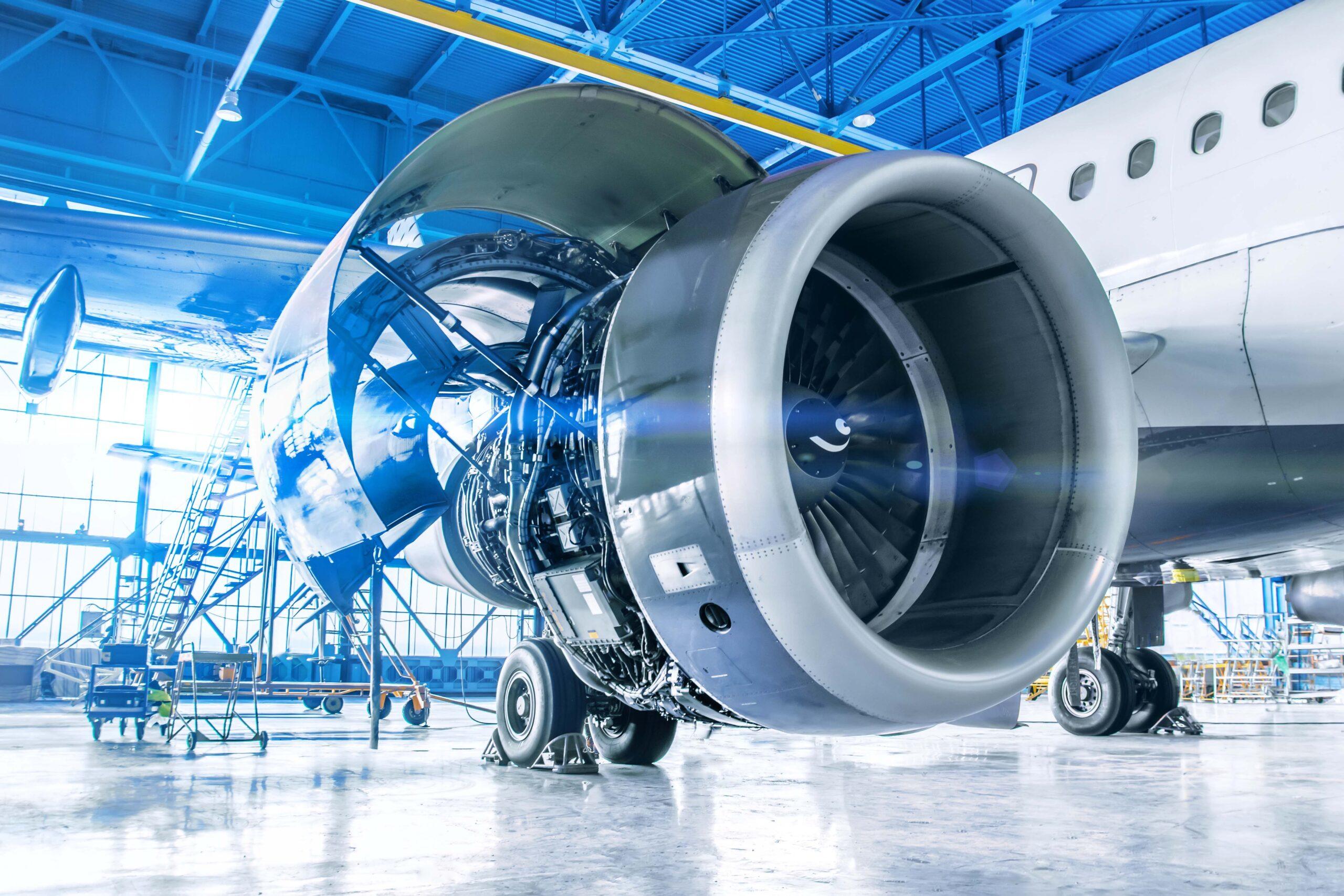Monetizing Foresight: A Look at Predictive Airplane Maintenance Revenue

The generation of Predictive Airplane Maintenance revenue is primarily built on a long-term, high-value, service-based subscription model. As the market continues its strong and steady growth, with its valuation projected to reach an impressive $15.14 billion by 2035, the business models used to monetize this sophisticated analytical capability are well-established within the aviation industry. This financial growth, which is forecast to advance at a compound annual growth rate of 9.57% between 2025 and 2035, is driven by the sale of comprehensive service packages that provide airlines with not just software, but a continuous stream of actionable intelligence about the health of their fleet, creating a highly profitable and predictable recurring revenue stream for the leading providers.
The primary and most significant revenue stream is the recurring fee paid by airlines for a subscription to a predictive maintenance service platform. This is a classic B2B enterprise software and data services model. An airline will sign a multi-year contract with a provider (often the aircraft or engine OEM) for access to their platform. The revenue is generated from a recurring fee that is typically calculated on a per-aircraft, per-year basis. This fee gives the airline access to the software platform, the predictive alerts generated by the provider's analytics models, and the support of a team of data scientists and engineering experts who can help to interpret the results. For a large airline with a fleet of hundreds of aircraft, this can be a massive, multi-million-dollar annual contract.
Another major revenue model, particularly for the engine manufacturers, is to bundle predictive maintenance as a core component of a broader "power-by-the-hour" or "total care" service agreement. In this model, the airline does not pay for the predictive maintenance service separately. Instead, they pay the engine manufacturer a fixed rate for every hour that the engine is in operation. In return, the manufacturer takes on the complete responsibility for all engine maintenance, repairs, and overhauls, guaranteeing a certain level of engine availability and reliability. The manufacturer's ability to do this profitably is entirely dependent on their own internal use of predictive maintenance to manage the health of their global engine fleet efficiently and to perform maintenance proactively, making it a core enabler of this high-value service business.
Beyond these two core models, there are other important sources of revenue for the industry. Some independent software vendors may license their predictive analytics software to airlines or MROs who want to build their own in-house capabilities, generating recurring software license revenue. There is also a significant market for project-based consulting services, where specialized firms help airlines to implement a predictive maintenance strategy, to clean and structure their data, and to build their own custom predictive models. The combination of these different models—long-term service subscriptions, bundled performance-based contracts, and specialized software and consulting—creates a diverse and robust financial structure for this strategically vital industry.
Explore Our Latest Trending Reports:
- Art
- Causes
- Crafts
- Dance
- Drinks
- Film
- Fitness
- Food
- Games
- Gardening
- Health
- Home
- Literature
- Music
- Networking
- Other
- Party
- Religion
- Shopping
- Sports
- Theater
- Wellness

